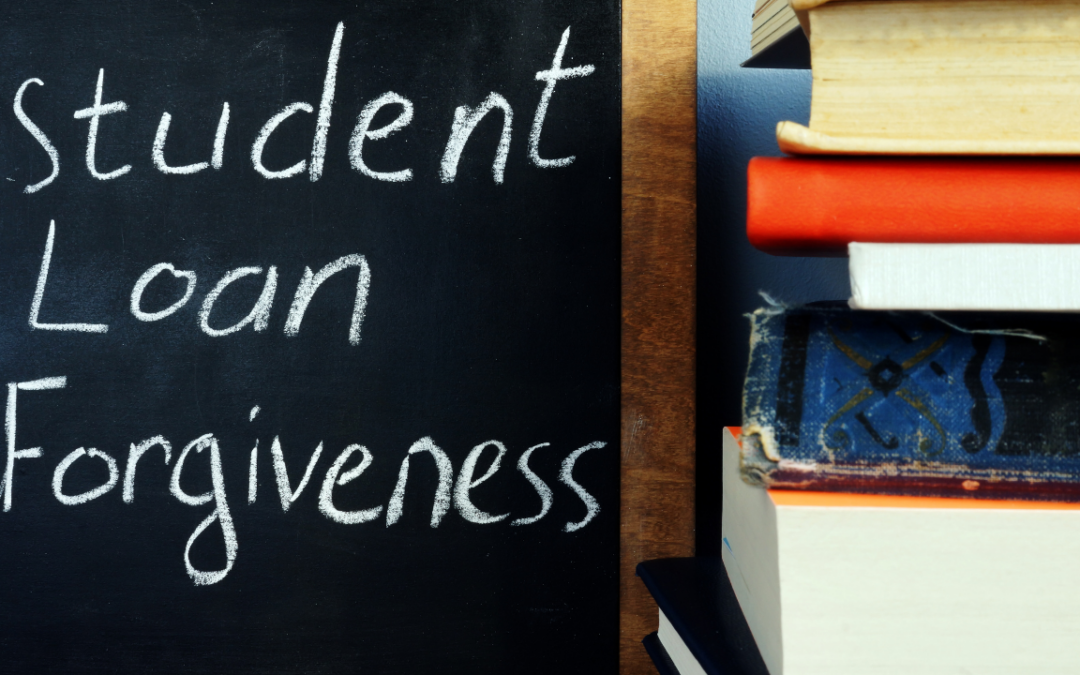Student loans have become a significant financial burden for many individuals pursuing higher education. As the cost of education continues to rise, understanding the various options for student loan forgiveness programs and repayment strategies is crucial. In this blog post, we will delve into the complexities of student loan forgiveness programs and provide insights into the available options for borrowers.
Student loan forgiveness programs have garnered significant attention in recent years, offering relief to individuals burdened by substantial student loan debt. These programs aim to alleviate the financial strain on borrowers by forgiving a portion or the entirety of their student loans under specific circumstances. Understanding the eligibility criteria and requirements for these programs is essential for borrowers seeking relief from their student loan obligations.
One of the most well-known student loan forgiveness programs is the Public Service Loan Forgiveness (PSLF) program. This program is designed for individuals working in public service or non-profit organizations and offers loan forgiveness after making 120 qualifying monthly payments. However, the eligibility requirements for PSLF are stringent, and navigating the program’s intricacies can be challenging for borrowers.
Another option for student loan forgiveness is through income-driven repayment plans. These plans, such as Income-Based Repayment (IBR), Pay As You Earn (PAYE), and Revised Pay As You Earn (REPAYE), adjust borrowers’ monthly loan payments based on their income and family size. After a certain period of making payments under these plans, any remaining loan balance may be forgiven.
In addition to forgiveness programs, understanding the various repayment strategies available to borrowers is crucial. Refinancing, consolidation, and extended or graduated repayment plans are among the options that borrowers can explore to manage their student loan debt effectively. Each strategy comes with its own set of benefits and considerations, and choosing the right approach depends on individual circumstances and financial goals.
It’s important for borrowers to conduct thorough research and seek professional guidance when navigating student loan forgiveness programs and repayment strategies. The complexity of these programs and the potential long-term impact on borrowers’ financial well-being necessitate a comprehensive understanding of the available options.
The landscape of student loan forgiveness programs and repayment strategies is multifaceted and requires careful consideration. By gaining a deeper understanding of the eligibility criteria, requirements, and implications of these programs, borrowers can make informed decisions to alleviate the burden of student loan debt. It is essential to stay informed about the evolving policies and resources available to support individuals managing their student loans effectively.


